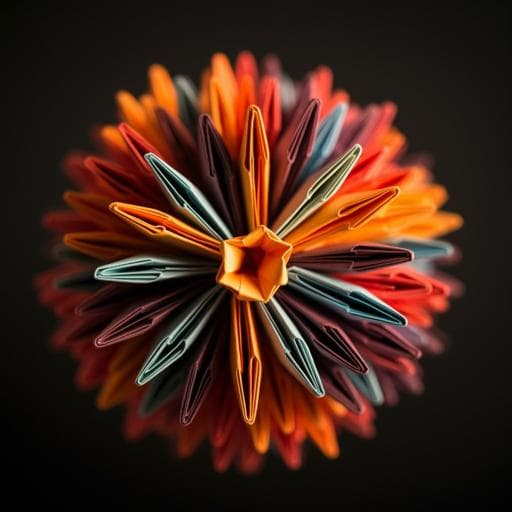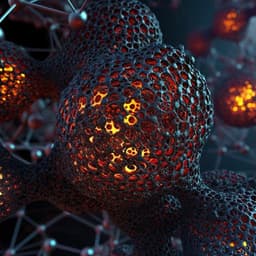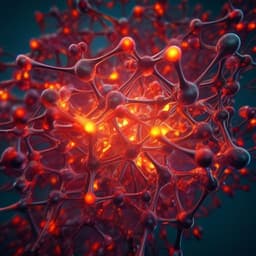
Engineering and Technology
Diffusive kinks turn kirigami into machines
S. Janbaz and C. Coulais
Discover how Shahram Janbaz and Corentin Coulais have tapped into the fascinating world of kirigami to create shape-shifting structures inspired by nature. Their groundbreaking research delves into the dynamics of propagating kinks, showcasing innovative applications in sensing and object manipulation, reminiscent of the snapping movements of the *Mimosa Pudica*. A leap towards machine-like functionalities through the art of folding and elasticity awaits your exploration!
Playback language: English
Related Publications
Explore these studies to deepen your understanding of the subject.







